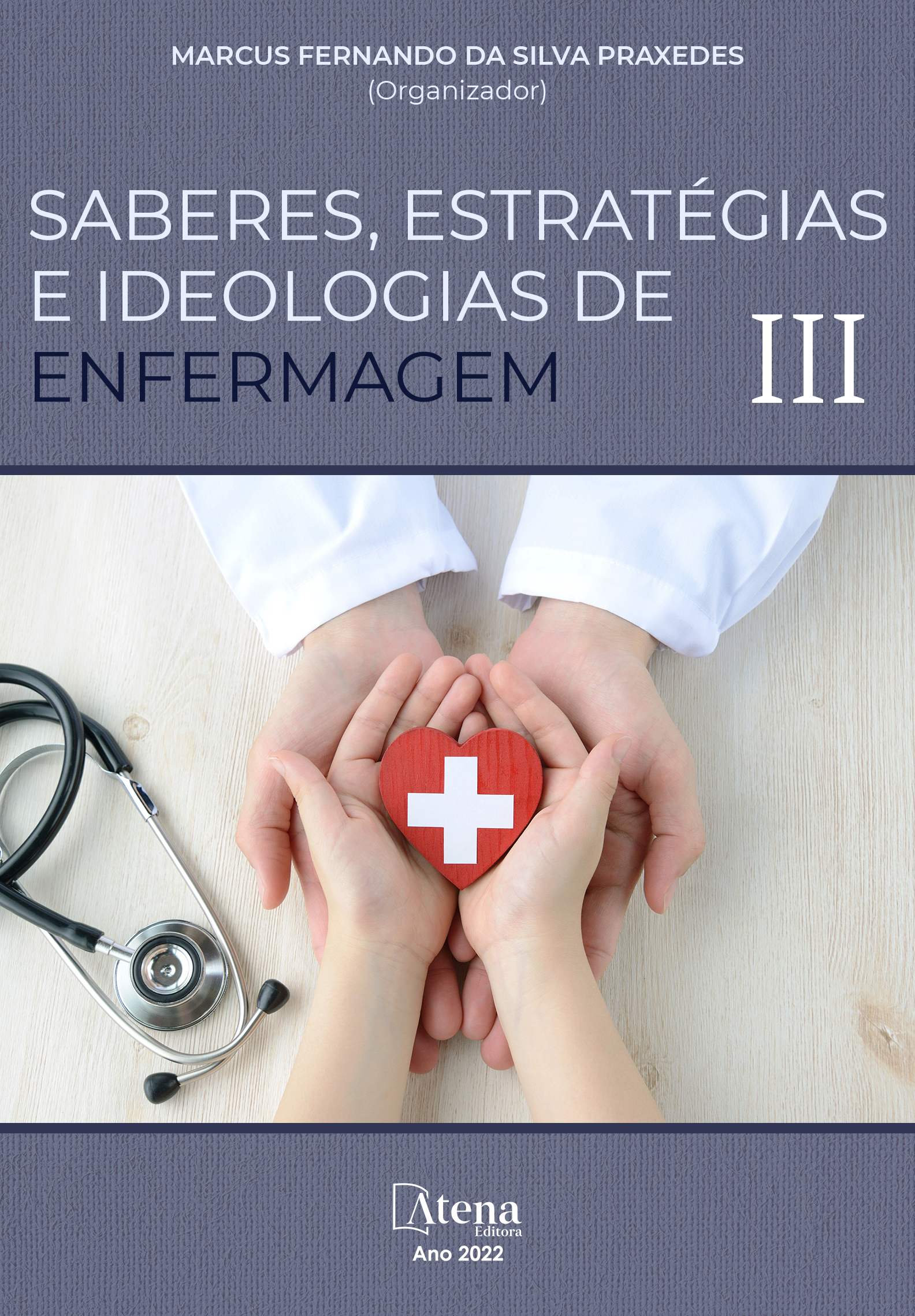
Assistência de enfermagem ao recém-nascido com icterícia
O presente trabalho aborda o tema Assistência de enfermagem ao recém-nascido com icterícia. OBJETIVO: Demonstrar as principais ações de assistência em enfermagem na icterícia neonatal e destacar o papel fundamental da equipe de enfermagem no enfretamento desse quadro clínico. A icterícia constitui-se uma das afecções mais recorrentes no período neonatal. É observado como acúmulo de bilirrubina na esclera e na pele do recém-nascido (RN) acarretando numa coloração amarelada na pele do paciente. É ocasionada por hiperbilirrubinemia, acúmulo de bilirrubina no sangue. No entanto, dependendo da evolução do quadro do RN e dos níveis séricos de bilirrubina indireta, o paciente pode evoluir para a encefalopatia bilirrubínica, um processo patológico. Uma vez que a encefalopatia birirrubínica se instala, pode gerar consequências irremediáveis para o desenvolvimento do RN. A medida mais eficaz contra essa patologia é a prevenção. A equipe de enfermagem deve prestar uma assistência integral com ênfase em ações preventivas, sem que haja prejuízo nas práticas terapêuticas. MATERIAIS E MÉTODOS: Foi realizada uma pesquisa bibliográfica utilizando as bases de dados BENF, LILACS, Biblioteca Virtual em Saúde (BVS) e Scielo. RESULTADOS: Identificou-se os principais eixos terapêuticos para a assistência em enfermagem no que tange a icterícia neonatal, evidenciando a assistência em enfermagem e seu cuidado como fator fundamental para o tratamento dessa doença. CONSIDERAÇÕES FINAIS: Compreendeu-se a importância da assistência de enfermagem ao recém-nascido, acometido pela icterícia, tanto na prevenção, tratamento e na reabilitação.
Assistência de enfermagem ao recém-nascido com icterícia
-
Palavras-chave: Icterícia neonatal, bilirrubina, kernicterus.
-
Keywords: Neonatal jaundice, bilirubin, kernicterus
-
Abstract:
The present research approaches the theme of Nursing care for newborns with jaundice. OBJECTIVE: To demonstrate the main nursing care actions in neonatal jaundice and highlight the fundamental role of the nursing team in coping with this clinical condition. Jaundice is one of the most recurrent conditions in the neonatal period. It is observed as an accumulation of bilirubin in the sclera and in the skin of the newborn (NB) resulting in a yellowish color in the patient's skin. It is caused by hyperbilirubinemia, accumulation of bilirubin on blood, which is defined by levels of indirect bilirubin (BI) greater than 1.3 to 1.5mg/dL or direct bilirubin (BD) greater than 1.5mg/dL since this represents more than 10% of the total bilirubin (BT) value. However, depending on the evolution of the NB and the levels of indirect bilirubin, the patient can progress to bilirubin encephalopathy, a pathological process. Once birubin encephalopathy sets in, irremediable consequences for the development of the newborn might happen. The most effective procedure against this pathology is prevention. The nursing team must provide integral care with an emphasis on preventive actions, without prejudice to therapeutic practices. MATERIALS AND METHODS: A bibliographic research was carried out using the BENF, LILACS, Virtual Health Library (BVS) and Scielo databases. RESULTS:The main therapeutic axes for nursing care in relation to neonatal with jaundice were identified, highlighting nursing care and its support as a fundamental factor for the treatment of this disease.. FINAL CONSIDERATIONS: It was understood the importance of preventive nursing care throughout the assistance to the newborn with jaundice, both in prevention, treatment and rehabilitation.
-
Número de páginas: 14
- Josei Karly Santos Costa Motta
- Nayama Sant'Anna Belbuche


